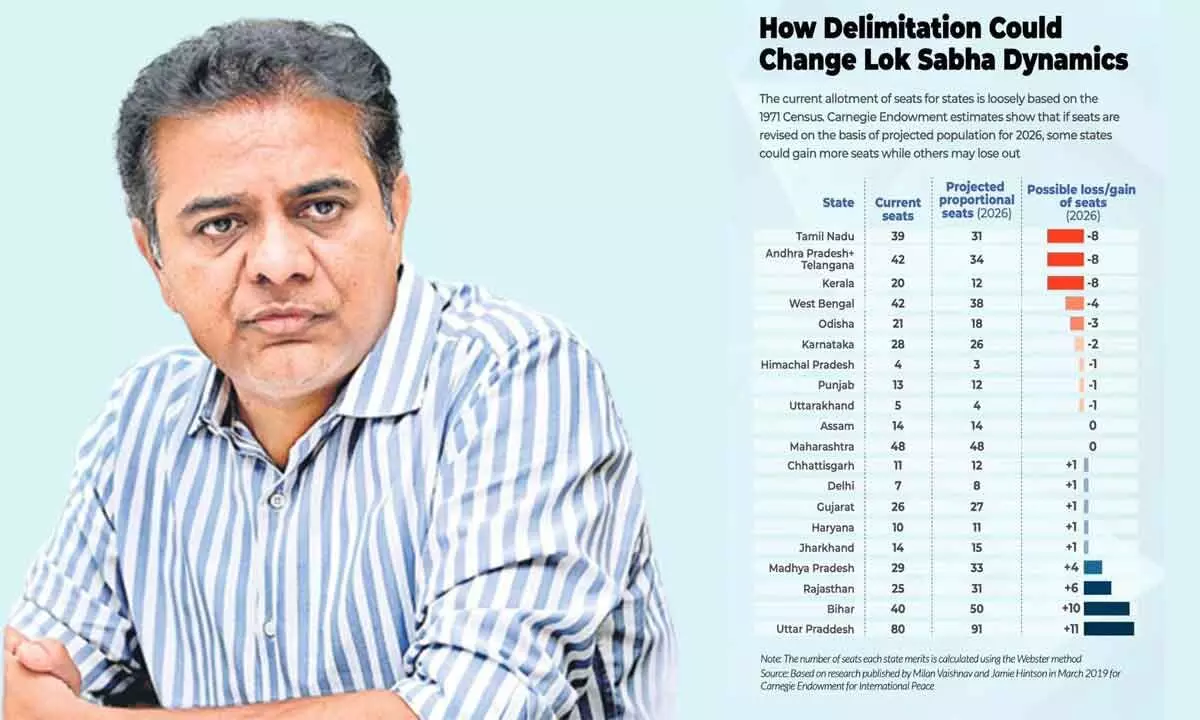Hundreds of people still stranded in flood affected Chennai

CHENNAI: Volunteers waded through stagnant waters to distribute food and supplies and some manufacturing plants remained closed in Chennai’s tech and automotive district on Friday, four days after Cyclone Michok hit the coast.
At least 14 people have died in floods caused by torrential rains that began on Monday, most of them in Chennai and its state Tamil Nadu.
The cyclone made landfall further north in Andhra Pradesh on Tuesday afternoon.
Officials said some low-lying areas of the state were still flooded and government officials and volunteers were delivering supplies to people trapped in their homes in border neighborhoods and other areas.
The largest area of Chennai hosts Indian units of several global companies, including Hyundai Motor, Daimler and Taiwanese suppliers to Apple, Foxconn and Pegatron.
Industry sources said many of them, including Pegatron and Foxconn, resumed their operations a day or two after the cyclone hit, but some of the TVS Group plants located in the worst-hit areas are yet to open.
Providers of information technology (TI) services in the city announced work-from-home policies for the week, while schools and universities remained closed. Some schools and colleges were converted into temporary shelters.
This week’s floods in Chennai brought back memories of the massive damage caused by floods in the last eight years, which left nearly 290 people dead.
In Andhra Pradesh, damage from the cyclone was relatively minor: damaged roads and uprooted trees when large hailstones hit the coast.
The defense minister, Rajnath Singh, visited Chennai on Thursday and announced that New Delhi would make a second payment of Rs 4,500 million ($54 million) to Tamil Nadu to help manage the losses. It said the federal government has also approved a project worth Rs 5.600 million for flood management in Chennai.
Residents of Chennai question the ability of the city’s infrastructure to withstand extreme climatic conditions.
Social activist Nityananda Jayaraman said, “Urbanization has not only created a problem in itself, but by its very nature it has taken advantage of open spaces, occupying areas such as swamps and alluvial grasslands.”
However, experts say that without better storm water drainage systems, we will be unable to avoid floods caused by very intense and extremely heavy rains.
“This solution will help a lot in case of moderate and heavy rains, but not in very heavy and extremely heavy rains,” civil engineer and geo-analysis expert Raj Bhagat P said on Wednesday.
















